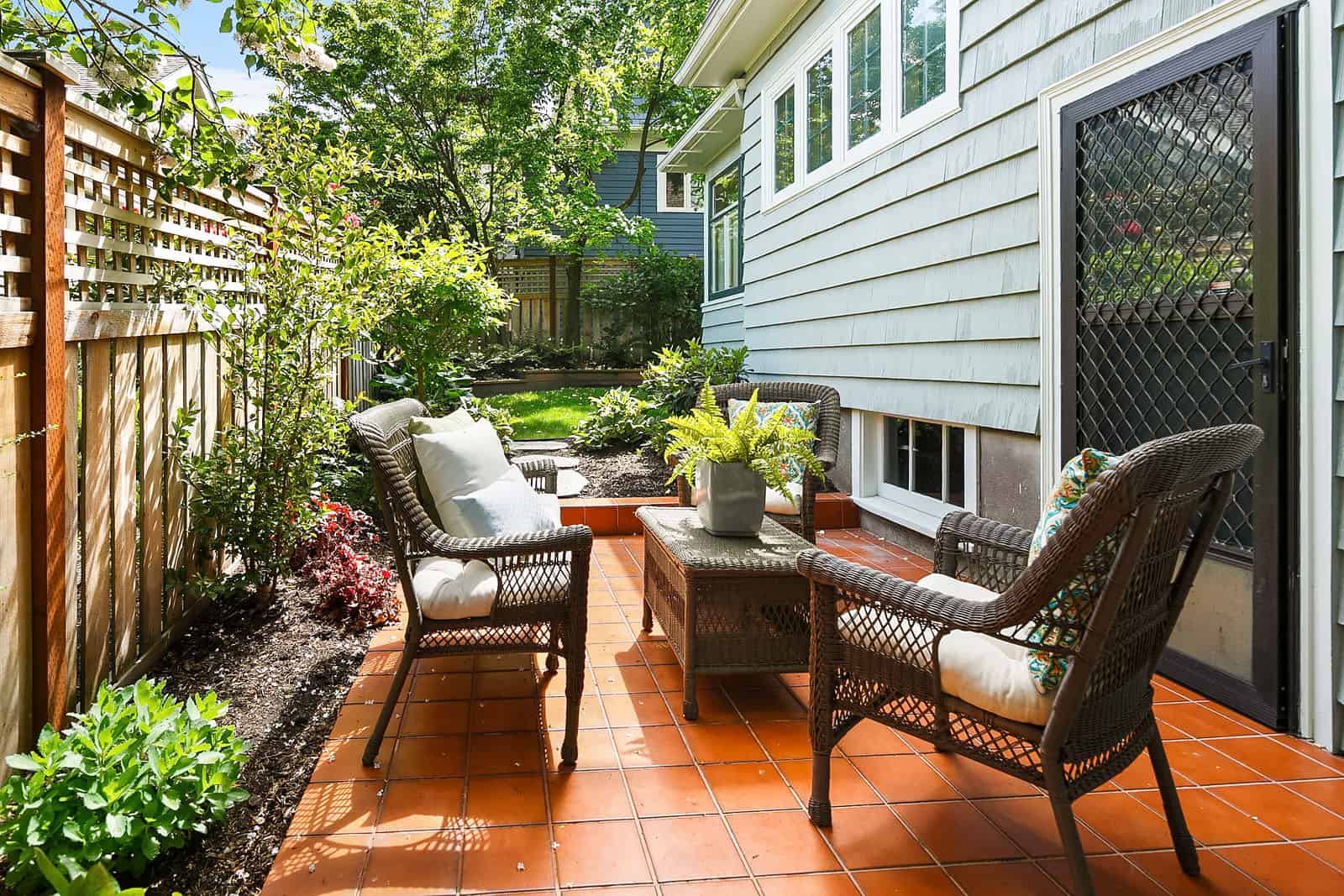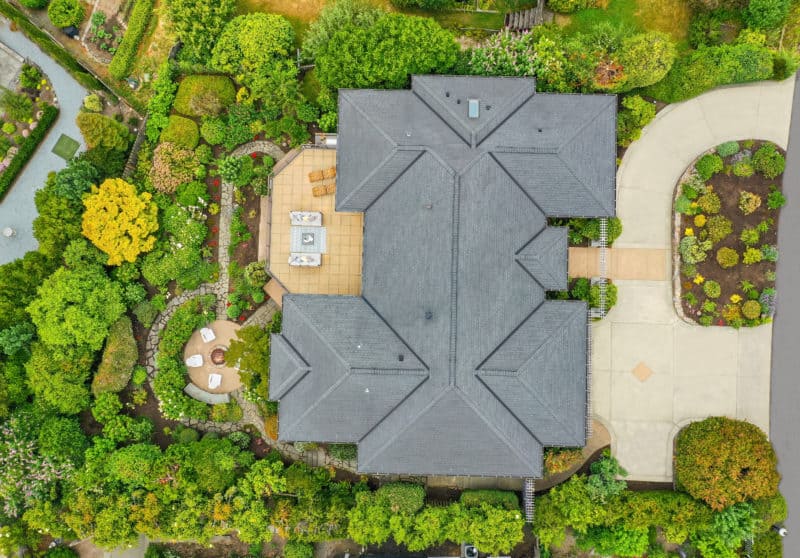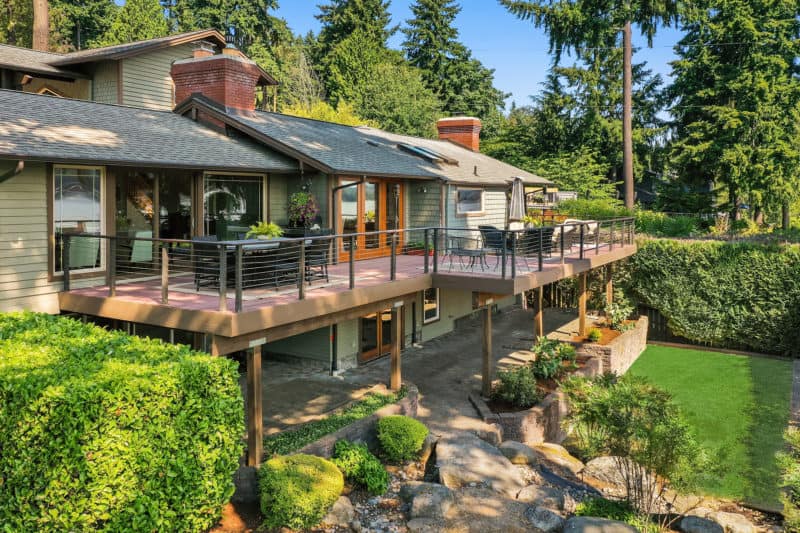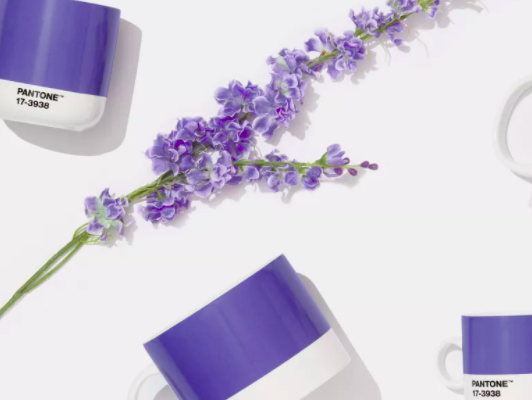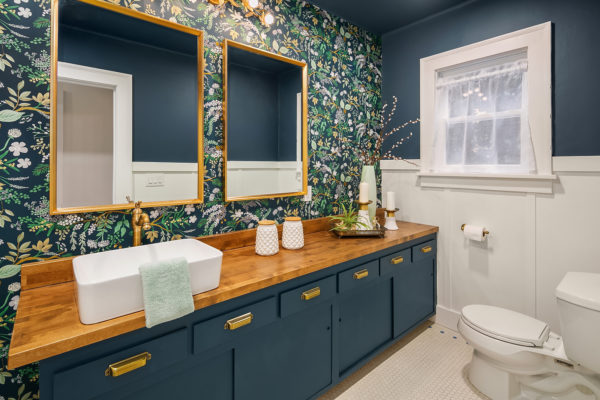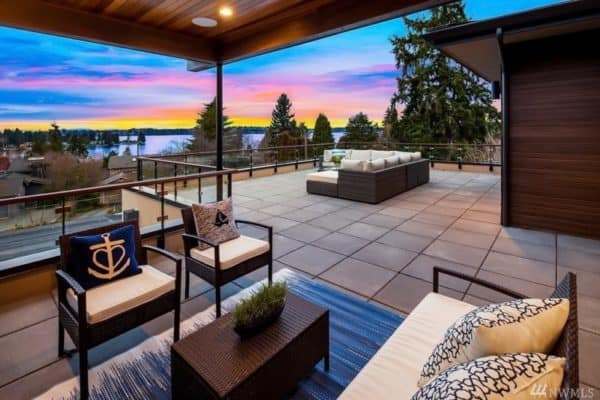A recent article by nationwide self storage marketplace STORAGECafé investigated lot size evolution in the Seattle metropolitan area. The main takeaway is that even as homes are getting bigger, yards are getting smaller. The median lot size in the Seattle metropolitan area for new homes built in 2020 stands at 5,200 sq. ft. This is a 30% drop since 2000. During the same period, the median home size increased by 25%, reaching a sizable 2,700 sq. ft. for new builds.
While overall trends show yard space is shrinking, there are significant differences between the Seattle, Tacoma and Bellevue housing sectors. In addition, there are adjacent suburban areas where you can still enjoy plenty of green space around your home.
The city of Seattle has the smallest median yards, while Bellevue enjoys the largest ones
Living in the city of Seattle comes with many advantages. For example, you’ll enjoy a walkable environment where commuting to work is easy. In addition, you will have access to countless entertainment, fine dining and shopping opportunities. However, one thing city residents may need to compromise on is their yard space. The median lot size dropped by 70% over the past two decades. And for new homes built in 2020 it was a little under 1,200 square feet.
Tacoma, on the other hand, offers its residents significantly more space around their houses. New homes built in the city last year enjoy a median lot size of almost 5,800 square feet. Among the metropolitan area’s major cities, Bellevue offers the largest backyards. New homes built there last year benefited from a median lot size of over 10,000 sq. ft.
The STORAGECafé study also looked at the metropolitan area’s ZIP codes in terms of median lot sizes. In this way, the suburbs and the neighborhoods with the biggest – and smallest – backyards could be pinpointed.
Roy and Ravensdale are your best bets if you’re interested in large backyards
Seattleites searching for a tranquil lifestyle with plenty of outdoor space for their families have many options. Suburban Seattle in fact has homes sitting on extensive acreages. ZIP code 98580, which covers the Roy and parts of Spanaway and North Yelm, has the biggest yards in the region. These cover a median area of about 98,000 square feet, or almost the size of two football stadiums. That’s some room for stretching!
ZIP code 98051, encompassing Ravensdale and parts of Hobart and Maple Valley, takes the second spot for big yards. The median size there is over 95,000 square feet – and both Tacoma and Seattle are a reasonable 30-minutes’ drive away. ZIP code 98050, containing the unincorporated community of Preston, ranks third among the metropolitan area’s ZIP codes for yard space. The median yard size in Preston stands at over 81,000 square feet.
Westlake and Cascade are among the neighborhoods with the smallest backyards
At the other end of the spectrum, the ZIP codes with the smallest yards are in central Seattle and Tacoma. ZIP code 90109, which covers parts of the Westlake, Cascade and Queen Anne neighborhoods, has the metropolitan area’s smallest yards. This area near downtown Seattle offers a median yard space of just a little over 2,400 sq. ft. The second-smallest yards, averaging around 2,450 sq. ft., are found in Seattle’s 98107 ZIP code. This roughly approximates to the Adams and Ballard neighborhoods. Tacoma’s North End neighborhood – ZIP code 98402 – ranks third, with a median size of a little over 2,500 sq. ft.
Living in a home with a small backyard? Here’s how to organize it efficiently
Seattle real estate is unsurprisingly a hot commodity, but enjoying a home in a good location is still possible. A smaller yard can still work out in offering respite from the hustle and bustle of daily life. Below, we’ve collected some ideas that will help you create an inviting, cozy outdoor area for you and your family.
- Focus on your family’s habits and lifestyle
First, analyze your family’s habits and their outdoor activities before deciding on how to organize your small backyard. For example, if you all love outdoor cooking and dining, organize your backyard around those activities. You can create an outside kitchen complete with sink, grill, and counter space, plus a large table. Or if you’re an avid gardener and want to grow as much as possible, keep outdoor furniture to a minimum. You could, for example, hang hammocks instead of using regular lawn chairs.
- Keep to hand only what you use on daily basis
Space is precious in a small backyard, so only leave around those things you are using on daily basis. Don’t clutter the backyard with too many chairs, tables, toys and tools. Sell or donate the outdoor toys your kids outgrew, and you put other items you don’t need daily into storage. These might include extra outdoor furniture, various gardening tools, and so on. A 10×10 storage unit in Seattle rents for around $170 per month. It is large enough to store a variety of items you use only occasionally or seasonally. These might include sports equipment, garden furniture, barbecue grills, lawnmowers, and so on.
- Think vertically
You can expand the surface destined for growing flowers and other plants by going vertical. Hang wall planters or lean an old ladder against a wall and use it as impromptu tiered shelving for flowerpots. Plant perennial vines – or annual plants that climb, such as morning glory, or, even cucumbers – next to the garden fence. In this way, space is maximized while you are also enhancing your privacy. Lattice gates are another fun way to incorporate vertical gardening in your backyard.
- Include a fire pit
A fire pit takes up little space, but it can really expand the way you use your garden. Having one will stimulate you to spend time outdoors even during chillier evenings – while enjoying some delicious s’mores.
- Limit the trees and the shrubs
Unfortunately, a small backyard is not the right space for planting large trees or a shrubbery. They will make your yard look even smaller, while the shade will make it difficult to grow other plants. Instead, favor flowering plants. Make sure you plant different types of flowers so your garden looks colorful and inviting from spring till autumn.
Feel free to share this post:

